Researchers at Drexel University’s College of Engineering have reported that fabric coated with a conductive, two-dimensional material called MXene, is highly effective at blocking electromagnetic waves and potentially harmful radiation. The discovery is a key development for efforts to weave technological capabilities into clothing and accessories.
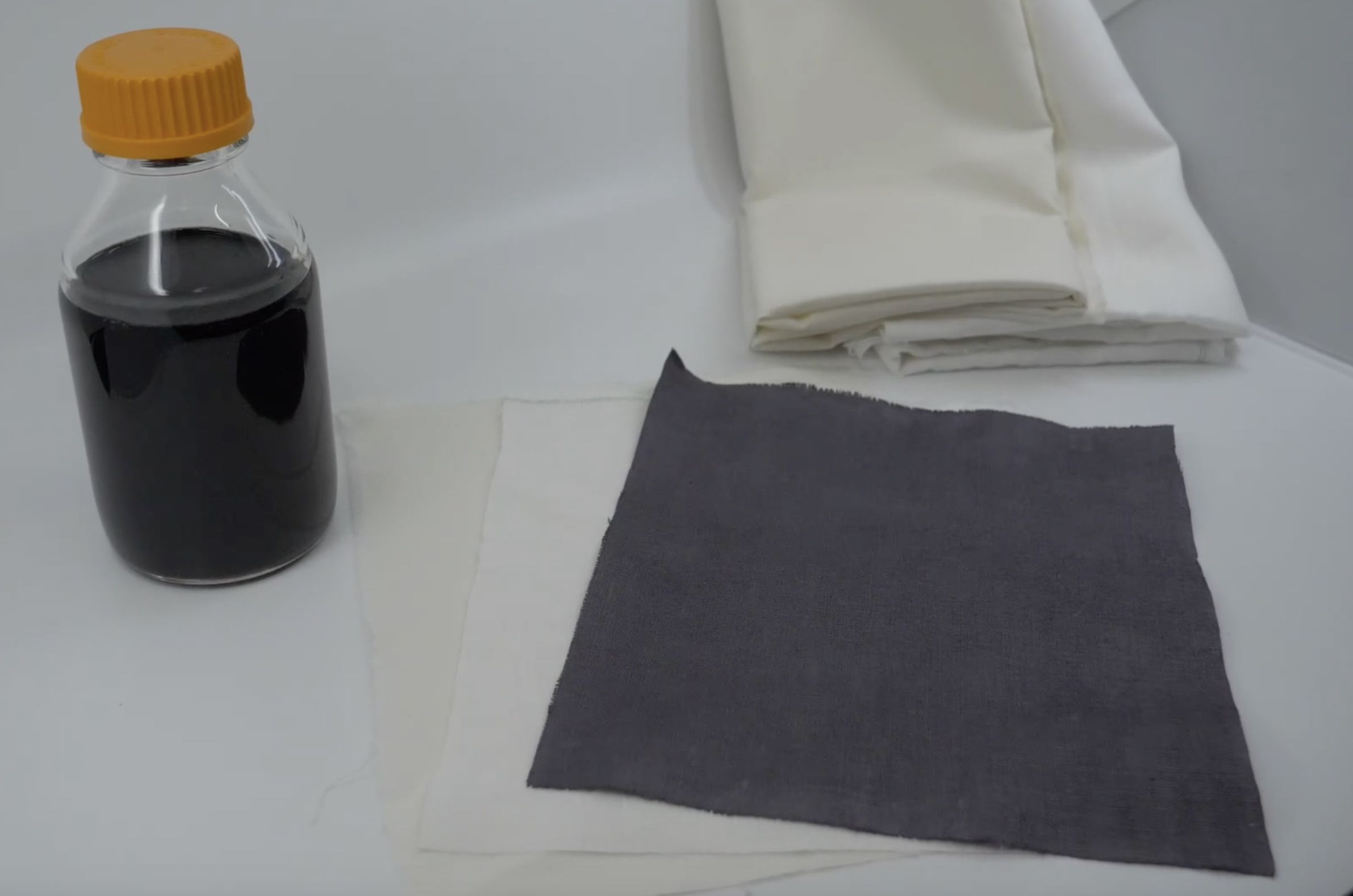
Materials that block electromagnetic waves had a commercial moment a handful of years ago when fears that high-tech thieves could scan or copy credit cards, passports or hack into laptops and contactless car keys had people putting them in special wallets, bags and protected pockets. While reporting suggests these fears were overblown, the demand for this sort of textile is likely to grow as more manufacturers incorporate sensing and communication technologies into fabrics.
They could also be deployed in national defense organizations to shield devices from tracing and hacking and to protect people from strong microwave radiation – the kind that might have been used against American and Canadian diplomats according to recent reports.
“Wearable devices will need shielding from the electromagnetic interference (EMI) regularly produced by mobile devices, and that shielding should be integrated as part of the garment,” said Yury Gogotsi, PhD, Distinguished University and Bach professor at Drexel, who led research recently published in the materials science journal CARBON. “We have known for some time that MXene has the ability to block electromagnetic interference better than other materials, but this discovery shows that it can effectively adhere to fabrics and maintain its unique shielding capabilities.”
The interference comes from residual electromagnetic fields produced by electronics devices. Users notice it as a buzz, a slowing or temporary stall in a device’s function. It’s a momentary inconvenience, but these moments are becoming more frequent with expanded use of mobile devices and connected technology – including wearables.
Improving the design of these devices, according to Gogotsi, entails using a shielding material to contain electromagnetic field generated by the device, as well as protecting it from interference produced by other devices. Gogotsi’s team, which first produced and studied the conductive two-dimensional MXene materials nearly a decade ago, has been testing MXene coatings for this role, with promising results.
“MXenes are well-suited for use as shielding because they can be stably produced as a spray coating, an ink or a paint, so they can be applied to textiles without adding much weight or taking up more room,” Gogotsi said. “We have also discovered that MXene shielding can absorb and reflect electromagnetic waves, so it not only protects the wearable devices and electronic gadgets, but also protects people from strong electromagnetic field.”
The researchers’ most recent finding shows that dip-coating regular cotton or linen fabric in a MXene solution will turn it into an equally formidable shielding material – blocking EMI at greater than 99.9% effectiveness.
MXene flakes suspended in solution naturally adhere to the fibers in conventional cotton and linen fabrics because of their electric charge. This produces a thorough and durable coating, without the need for the pre- or post-treatment processes to produce most commercial conductive yarns and fabrics.
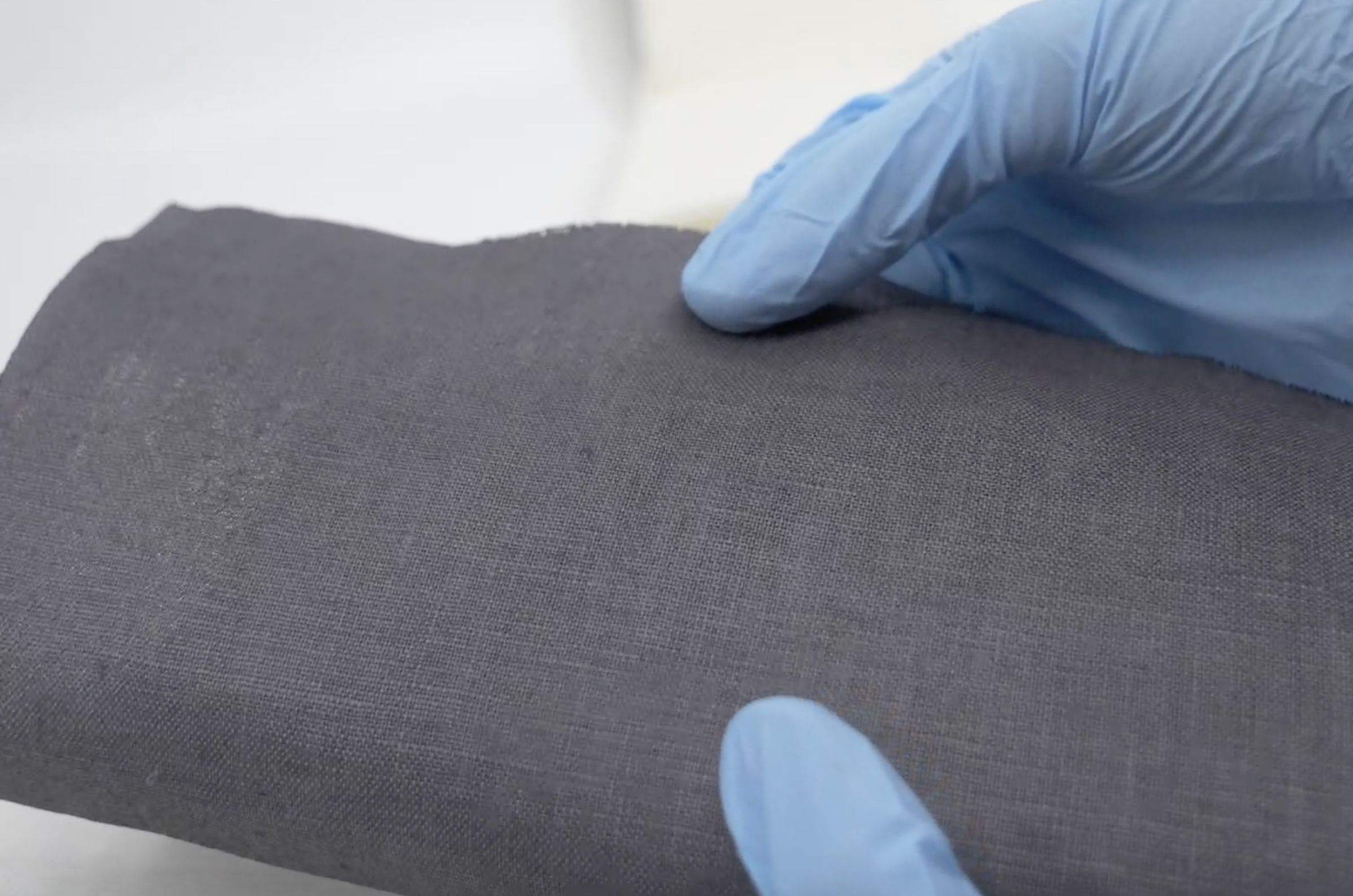 As part of the study, the MXene-coated fabrics were tested after being stored under normal conditions for two years and they showed only a slight drop in shielding efficiency – roughly 10%.
As part of the study, the MXene-coated fabrics were tested after being stored under normal conditions for two years and they showed only a slight drop in shielding efficiency – roughly 10%.
“This work provides a much-improved alternative to current EMI shielding textiles,” said Simge Uzun, a doctoral student in Gogotsi’s research group, who conducted this research as a part of her PhD program. “Not only do MXene-coated fabrics exceed the performance of commercial metal-coated fabrics, but they can be sustainably produced by coating form aqueous solution without extra processing or chemical additives.”
This research was supported by the U.S. Department of Energy.
In addition to Gogotsi, Genevieve Dion, of Drexel’s Center for Functional Fabrics; Meikang Han, PhD, Kanit Hantanasirisakul, and Adam Goad, of the A.J. Drexel Nanomaterials Institute; and Christina Strobel, an Electrical and Computer Engineering undergraduate student who worked in Gogotsi’s lab in the Department of Materials Science and Engineering, participated in this research.
Read more about the MXene synthesis technology in our publication:
C. E. Shuck, A. Sarycheva, M. Anayee, A. Levitt, Y. Zhu, S. Uzun, V. Balitskiy, V. Zahorodna, O. Gogotsi, and Y. Gogotsi, Scalable Synthesis of Ti3C2Tx MXene. Advanced Engineering Materials 22, 1901241(2020) https://doi.org/10.1002/adem.201901241
For further information and detailes about ordering Etching Reactor for MXene synthesis please contact us at Этот e-mail адрес защищен от спам-ботов, для его просмотра у Вас должен быть включен Javascript or our partners at Этот e-mail адрес защищен от спам-ботов, для его просмотра у Вас должен быть включен Javascript



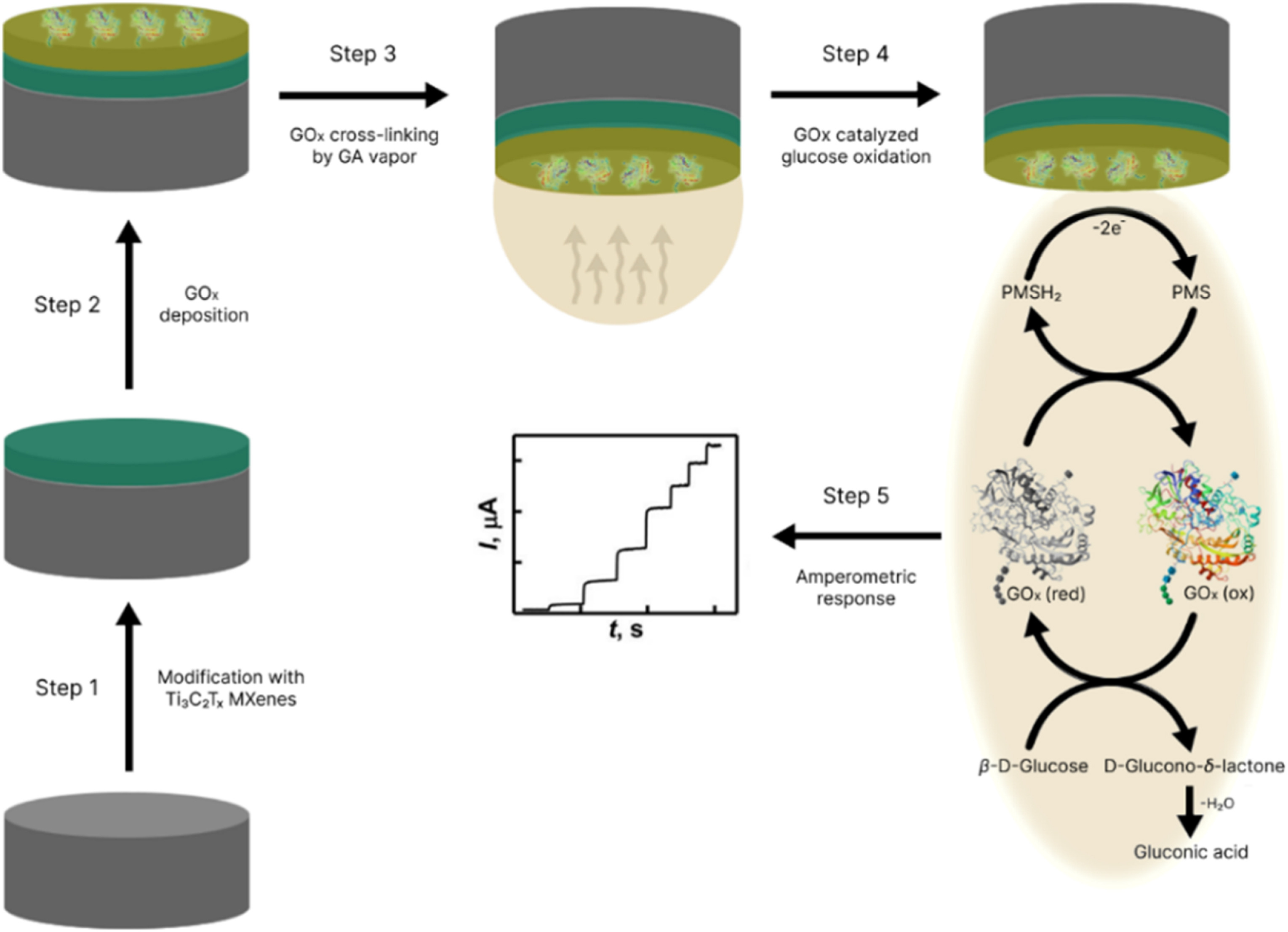
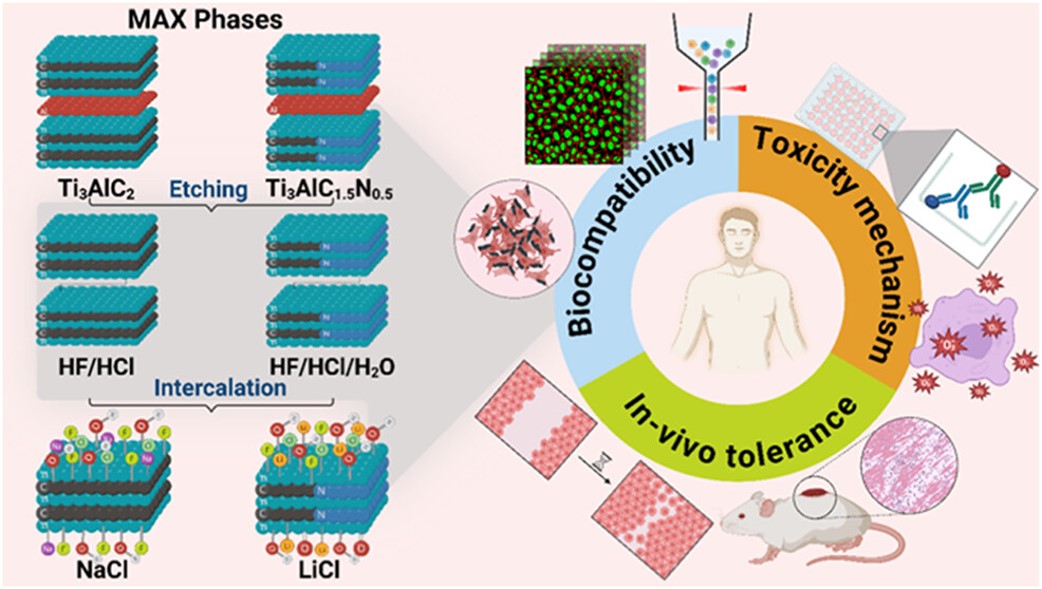 MXenes potential applications include sensors, wound healing materials, and drug delivery systems. A recent study explored how different synthesis methods affect the safety and performance of MXenes. By comparing etching conditions and intercalation strategies, researchers discovered that fine-tuning the surface chemistry of MXenes plays a crucial role in improving biocompatibility. These results provide practical guidelines for developing safer MXenes and bring the field one step closer to real biomedical applications.
MXenes potential applications include sensors, wound healing materials, and drug delivery systems. A recent study explored how different synthesis methods affect the safety and performance of MXenes. By comparing etching conditions and intercalation strategies, researchers discovered that fine-tuning the surface chemistry of MXenes plays a crucial role in improving biocompatibility. These results provide practical guidelines for developing safer MXenes and bring the field one step closer to real biomedical applications.
 Exellent news, our joint patent application with Drexel University on highly porous MAX phase precursor for MXene synthesis published. Congratulations and thanks to all team involved!
Exellent news, our joint patent application with Drexel University on highly porous MAX phase precursor for MXene synthesis published. Congratulations and thanks to all team involved!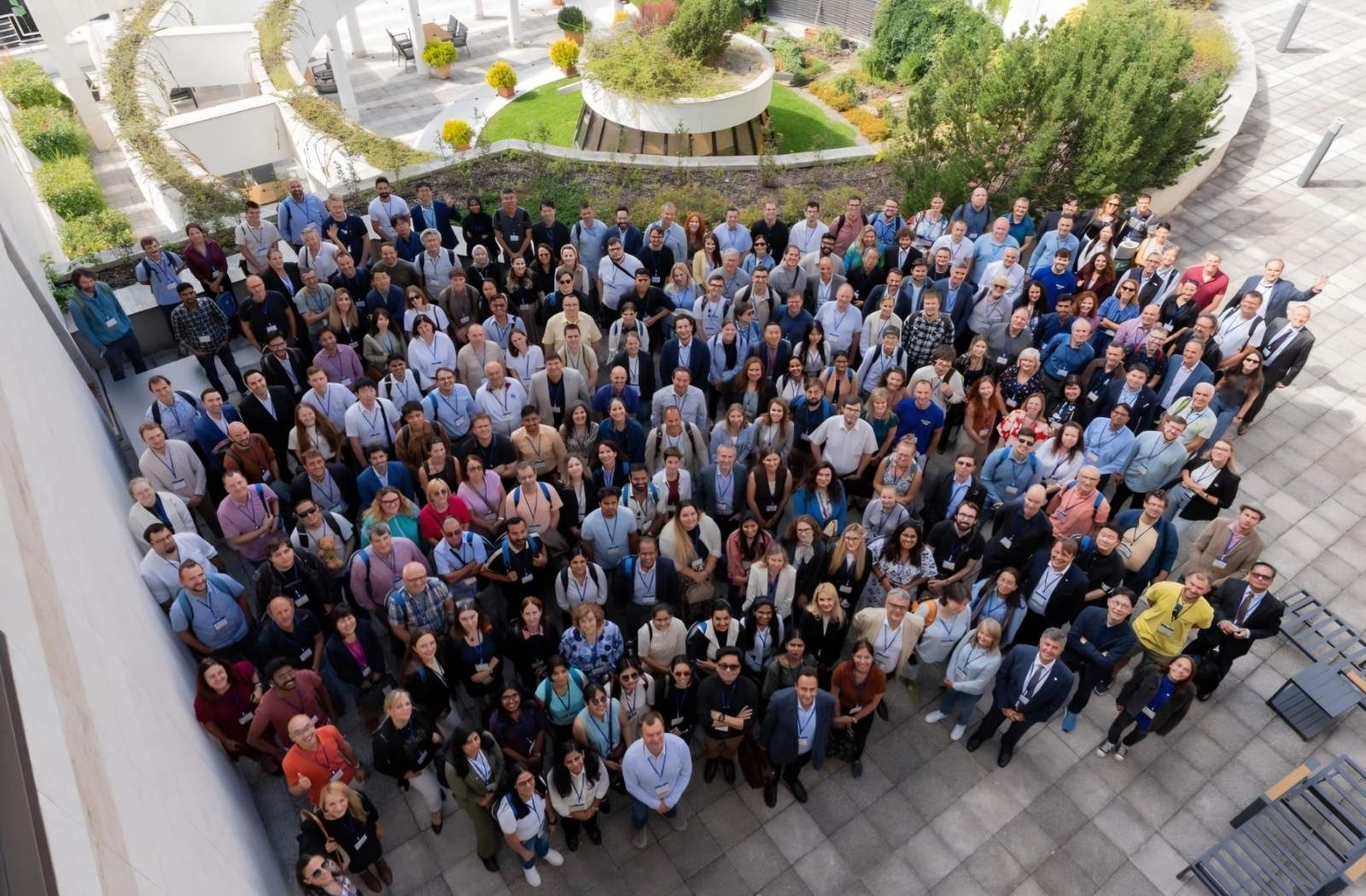 Our team was very delighted to take part in International Symposium "The MXene Frontier: Transformative Nanomaterials Shaping the Future" – the largest MXene event in Europe this year!
Our team was very delighted to take part in International Symposium "The MXene Frontier: Transformative Nanomaterials Shaping the Future" – the largest MXene event in Europe this year!  Last Call! Have you submitted your abstract for IEEE NAP-2025 yet? Join us at the International Symposium on "The MXene Frontier: Transformative Nanomaterials Shaping the Future" – the largest MXene-focused conference in Europe this year! Final Submission Deadline: May 15, 2025. Don’t miss this exclusive opportunity to showcase your research and engage with world leaders in the MXene field!
Last Call! Have you submitted your abstract for IEEE NAP-2025 yet? Join us at the International Symposium on "The MXene Frontier: Transformative Nanomaterials Shaping the Future" – the largest MXene-focused conference in Europe this year! Final Submission Deadline: May 15, 2025. Don’t miss this exclusive opportunity to showcase your research and engage with world leaders in the MXene field! We are excited to announce the publication of latest review article on MXenes in Healthcare. This comprehensive review explores the groundbreaking role of MXenes—an emerging class of 2D materials—in revolutionizing the fields of medical diagnostics and therapeutics. Read the full article here: https://doi.org/10.1039/D4NR04853A.
We are excited to announce the publication of latest review article on MXenes in Healthcare. This comprehensive review explores the groundbreaking role of MXenes—an emerging class of 2D materials—in revolutionizing the fields of medical diagnostics and therapeutics. Read the full article here: https://doi.org/10.1039/D4NR04853A. Congratulations and thank you to our collaborators from TU Wien and CEST for very interesting work and making it published! In this work, an upscalable electrochemical MXene synthesis is presented. Yields of up to 60% electrochemical MXene (EC-MXene) with no byproducts from a single exfoliation cycle are achieved.
Congratulations and thank you to our collaborators from TU Wien and CEST for very interesting work and making it published! In this work, an upscalable electrochemical MXene synthesis is presented. Yields of up to 60% electrochemical MXene (EC-MXene) with no byproducts from a single exfoliation cycle are achieved. Congratulations to all collaborators with this interesting joint work!
Congratulations to all collaborators with this interesting joint work!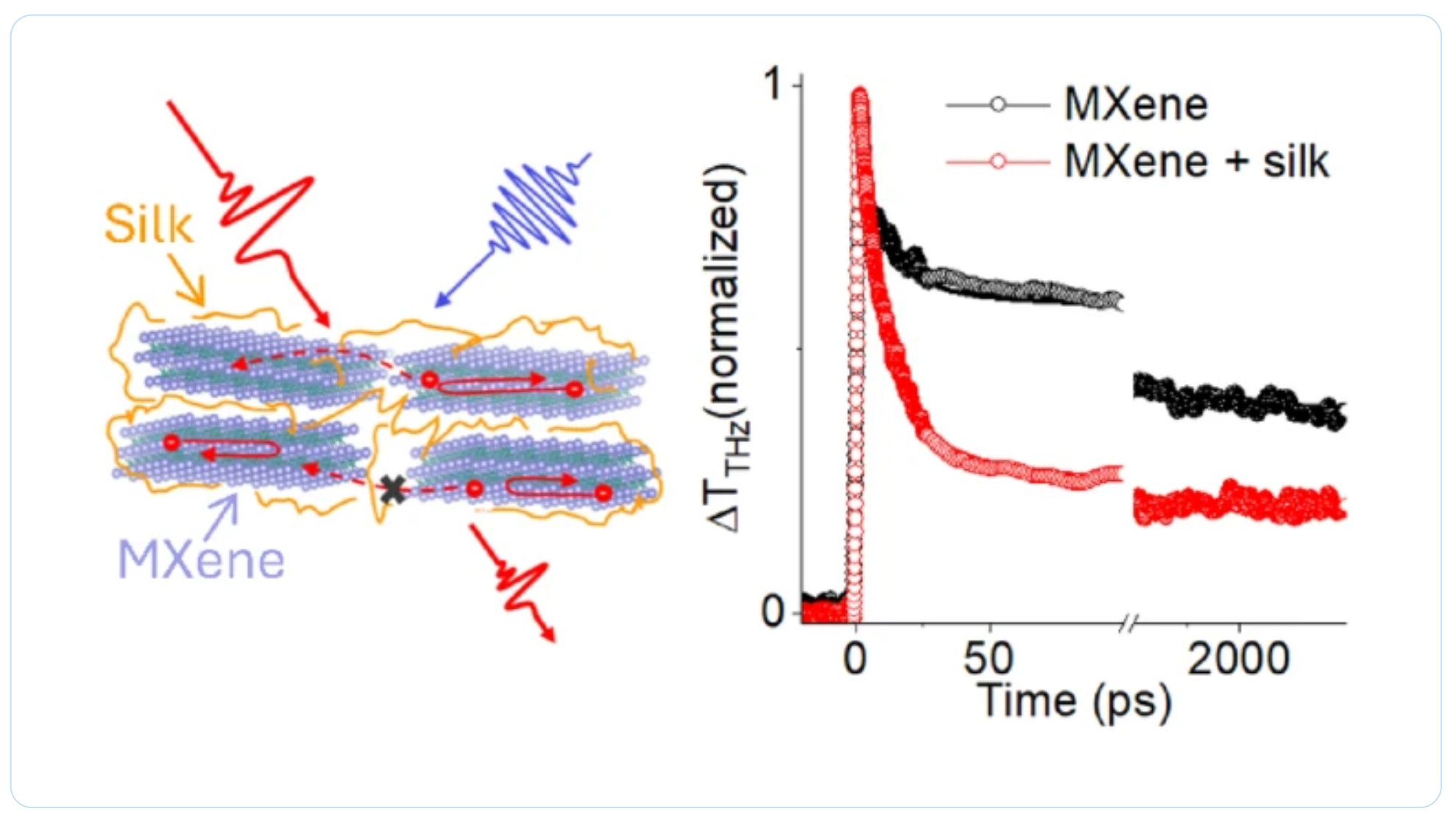 Thank you to our collaborators for the amazing joint work recently published in Graphene and 2D Nanomaterials about MXene–silk fibroin composite films aiming to develop materials with tunable electronic and thermal properties
Thank you to our collaborators for the amazing joint work recently published in Graphene and 2D Nanomaterials about MXene–silk fibroin composite films aiming to develop materials with tunable electronic and thermal properties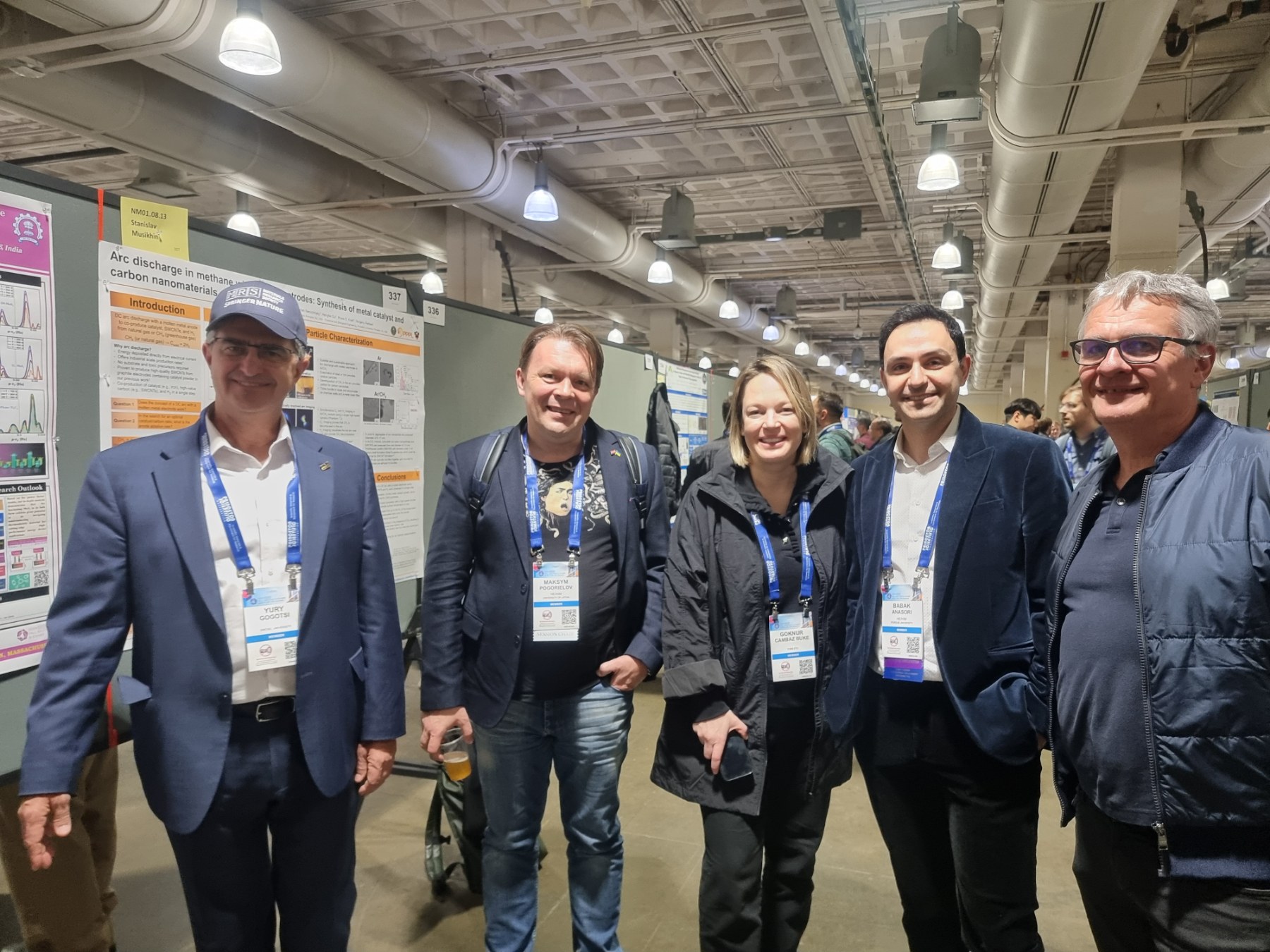 Dr. Oleksiy Gogotsi, director of MRC and Carbon-Ukraine, innovative companies that are among the leaders on the world MXene market, visited 2024 MRS Fall Meeting & Exhibit. together with Dr. Maksym Pogorielov, Head of Advanced Biomaterials and Biophysics Laboratory, University of Latvia.
Dr. Oleksiy Gogotsi, director of MRC and Carbon-Ukraine, innovative companies that are among the leaders on the world MXene market, visited 2024 MRS Fall Meeting & Exhibit. together with Dr. Maksym Pogorielov, Head of Advanced Biomaterials and Biophysics Laboratory, University of Latvia.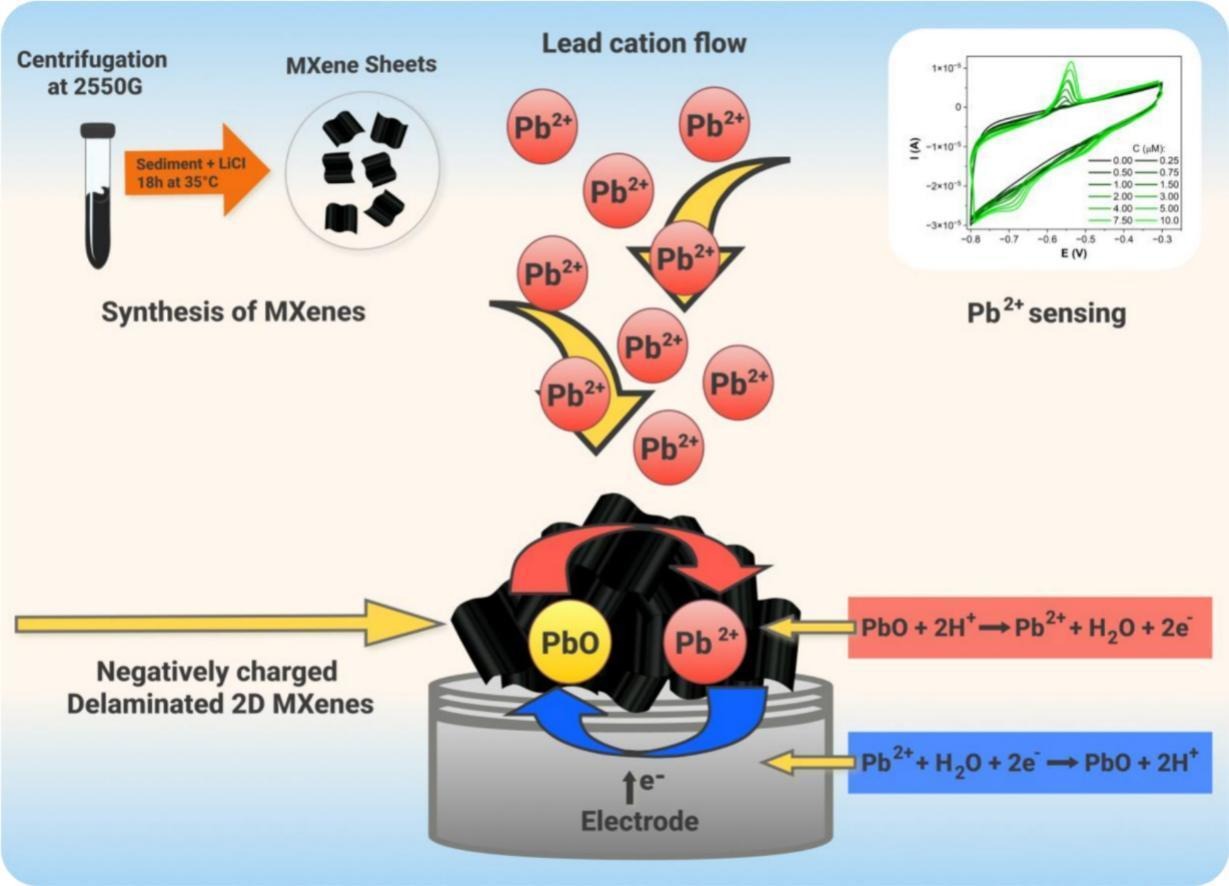
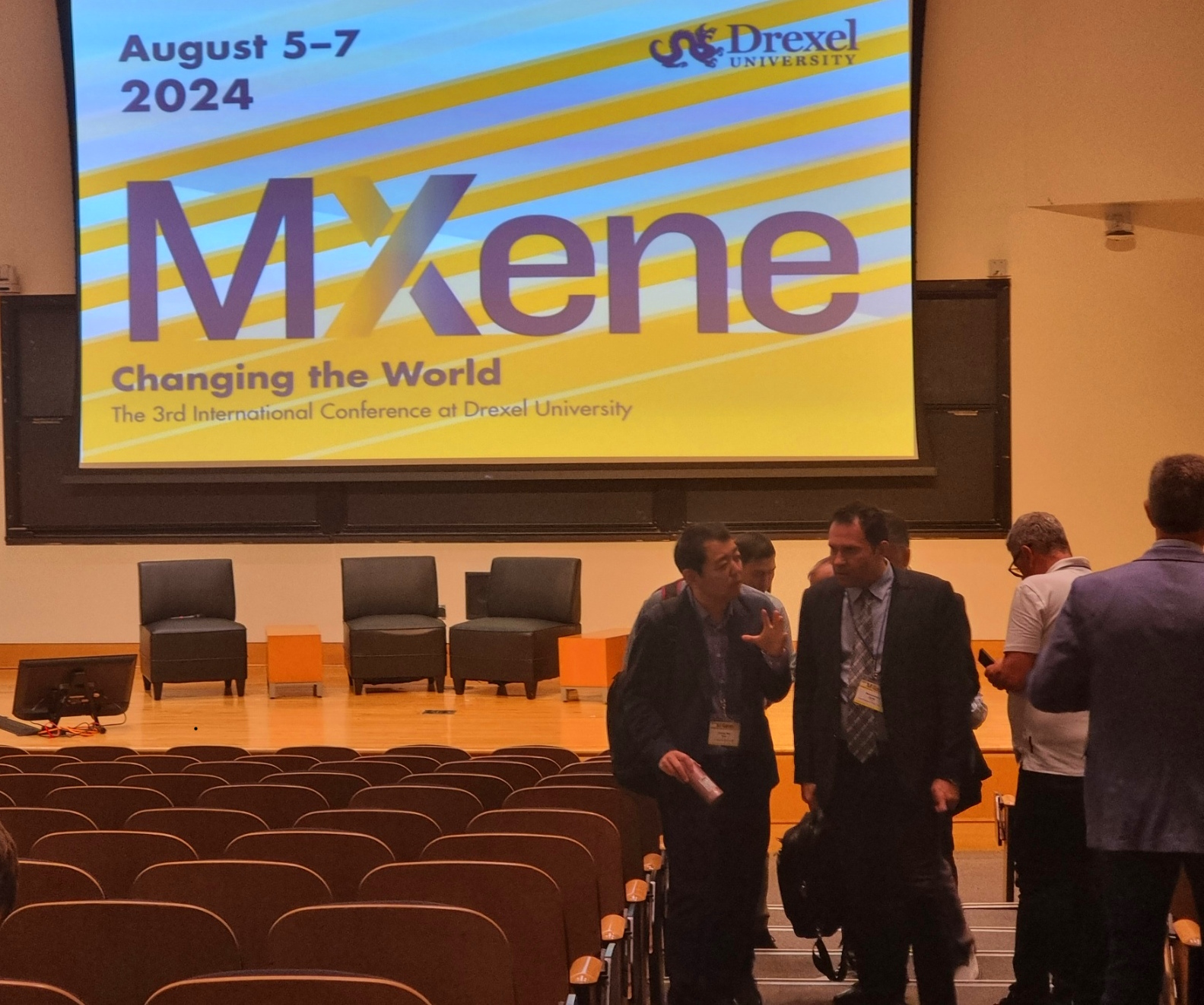 MRC and Carbon-Ukraine team visited the 3rd International MXene conference held at Drexel University on August 5-8, 2024. Conference brought together the best reserchers and leading experts on MXene field.
MRC and Carbon-Ukraine team visited the 3rd International MXene conference held at Drexel University on August 5-8, 2024. Conference brought together the best reserchers and leading experts on MXene field. 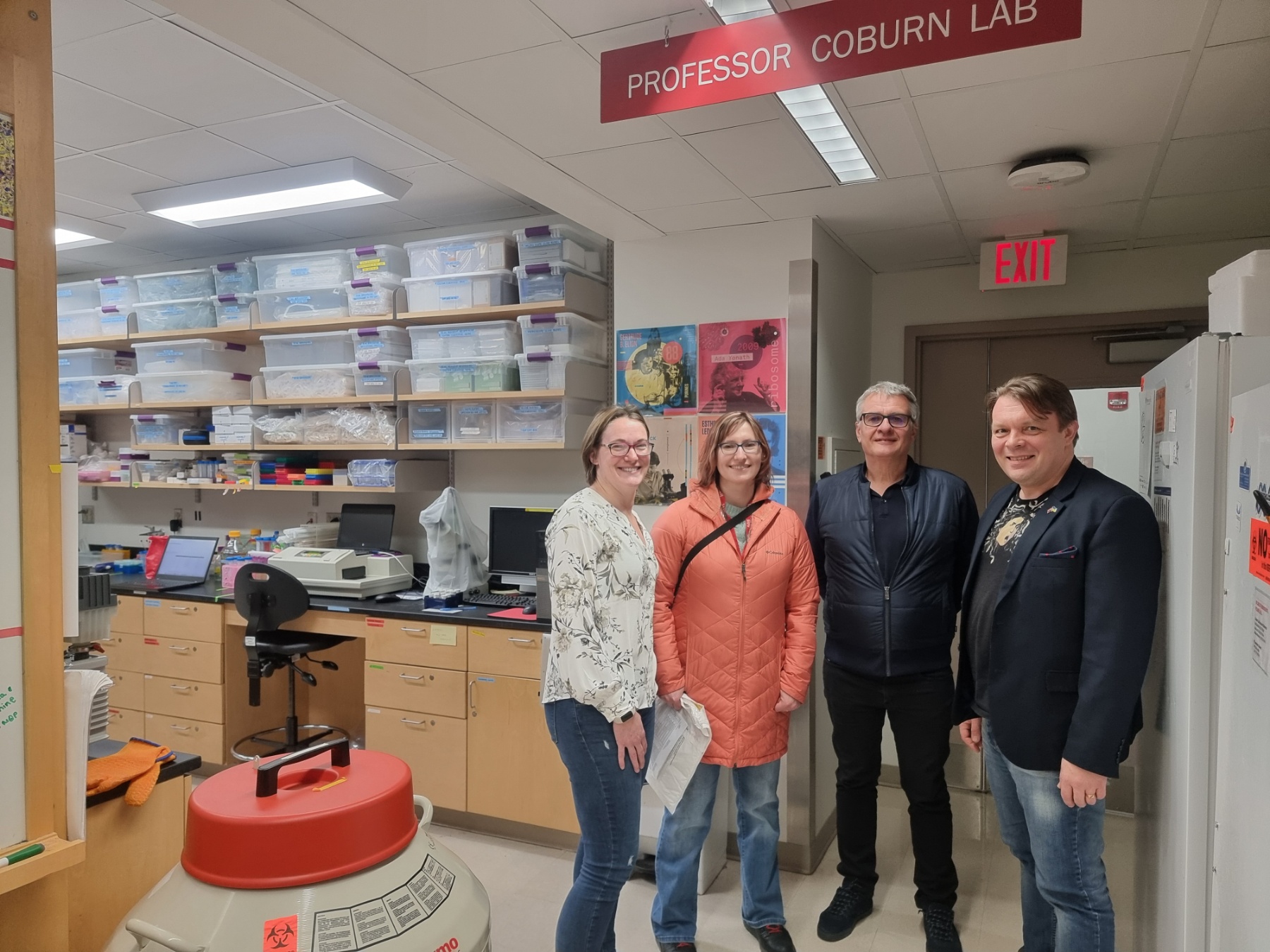
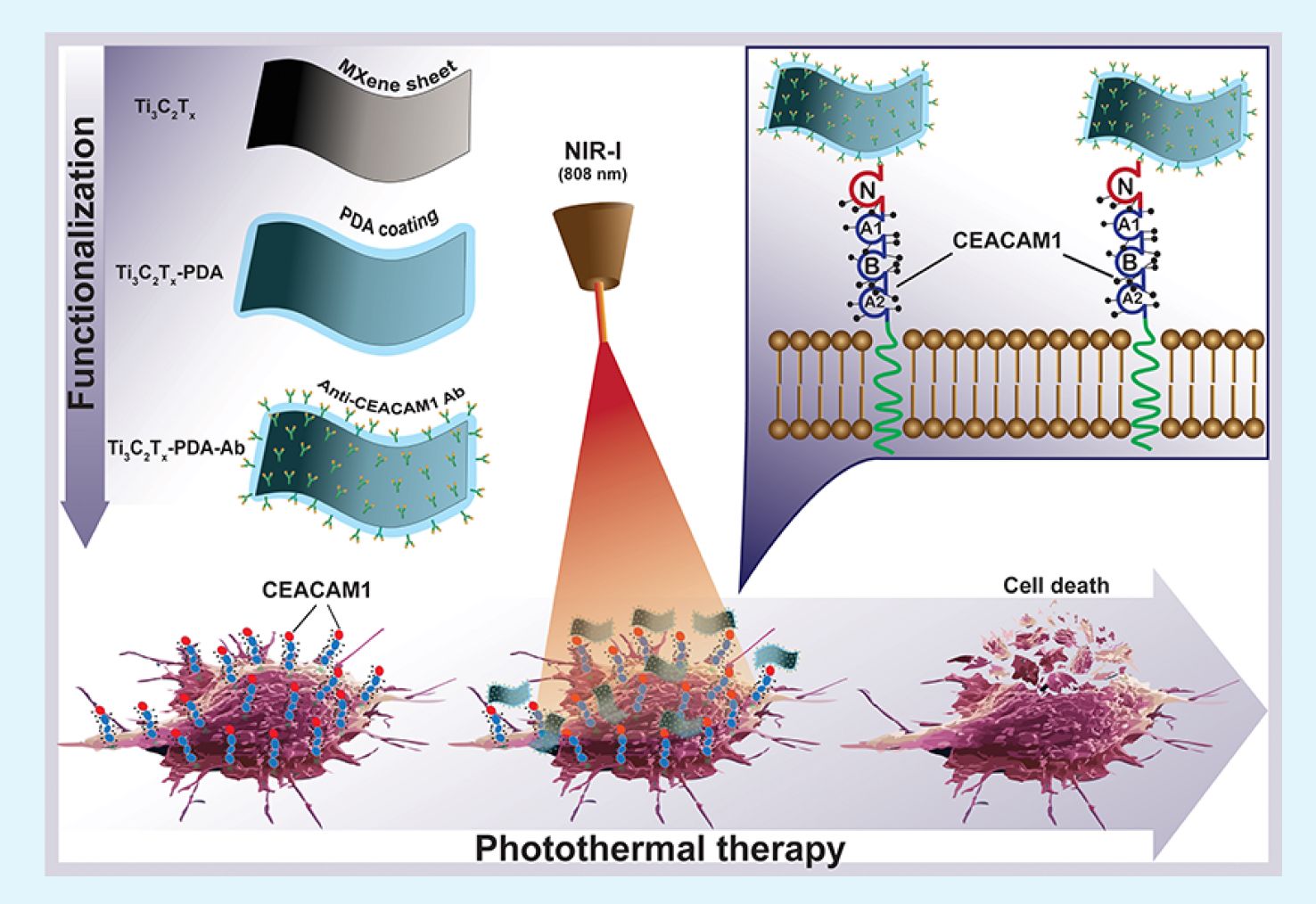 Together with colleagues from the University of Latvia, MRC/Carbone Ukraine, Adam Mickiewicz University, University Clinic Essen, and others, we have developed a novel concept involving the binding of antibodies to MXenes. In our research, we utilized anti-CEACAM1 antibodies to develop targeted photo-thermal therapy for melanoma (in vitro), paving the way for future in vivo studies and clinical trials. For the first time, we demonstrate the feasibility of delivering MXenes specifically targeted to melanoma cells, enabling the effective ablation of cancer cells under near-infrared (NIR) light. This new technique opens up vast potential for the application of MXenes in cancer treatment, diagnostics, drug delivery, and many other medical purposes.
Together with colleagues from the University of Latvia, MRC/Carbone Ukraine, Adam Mickiewicz University, University Clinic Essen, and others, we have developed a novel concept involving the binding of antibodies to MXenes. In our research, we utilized anti-CEACAM1 antibodies to develop targeted photo-thermal therapy for melanoma (in vitro), paving the way for future in vivo studies and clinical trials. For the first time, we demonstrate the feasibility of delivering MXenes specifically targeted to melanoma cells, enabling the effective ablation of cancer cells under near-infrared (NIR) light. This new technique opens up vast potential for the application of MXenes in cancer treatment, diagnostics, drug delivery, and many other medical purposes.